This article was originally published on my Spacious Yoga facebook page in April, 2017.
In the above video, Mr. Lehman describes one important reason that I don’t obsess over what I call “micro-alignment” principles in teaching yoga.
There are some branches of yoga, as well as some outspoken teachers within the Ashtanga fold, who strongly insist on very rigid and dogmatic postural alignment. Some of these teachers tout their training in fields such as physiotherapy, kinesiology, etc, as giving them greater authority to dictate how the traditional postures should or shouldn’t be performed. They generally take a “one size fits all” approach to postural alignment, believing that there is a right way and a wrong way, and that everybody must conform to what they have decided is the right way.
I had the misfortune of working with one of these teachers for a number of years, and it was neither a healthy or pleasant experience. I experienced deep physical trauma from being forced into rigid and unnatural alignment patterns. And, I was much less subject to her dictates than most of the other students were.
As a teacher, I observe the practices of other students who come from extensive training with these types of teachers, and the tendency I see is that they don’t have any less pain than other students. In fact, in many cases they have more pain than others, and their movements tend to be rigid, stressed and lacking in freedom or fluidity. Their approach to the practice tends to be intellectual, rather than intuitive or embodied. They tend to have very little confidence in their own practices or their own bodies, often because these teachers have spent a lot of time pointing what is wrong with their bodies. Mistrust is a key feature in their practice experience, and probably also in their experience of life.
We humans come in all different shapes and sizes. One of the most beautiful things about the Ashtanga practice is witnessing how people of different body shapes and sizes, strengths and weaknesses, can all find their own unique way to move through the standard postures and vinyasas of the Ashtanga series. My goal as a teacher tends to be to see how I can stimulate and inspire people to have enough confidence in themselves to find their own way though the postures and movements using the tools that they naturally have, rather than pointing out what is wrong with, or what they have to change about their bodies.
When I do adjust alignment, it tends to be an attempt to bring them into a deeper experience of one of the bandhas, or to change very inefficient movement patterns. I don’t necessarily see them as “corrections”, but more as a suggestion to try a different way of moving. When a student complains about pain, I will sometimes make more extensive adjustments in alignment, but as Mr. Lehman states in the video, this is often more to break up a chronic pattern that has become stuck, rather than judge any particular pattern as being absolutely right or wrong.
We will tend to feel most healthy when we are practicing, and moving through life in general, with a sense of embodiment, self – confidence and freedom to be who we are and to honour the instinctive and innate patterns of our own unique and natural body structure.
Other language translations:
The Russian translation of this article can be found here. Thank you to Anna Glinko for the translation.
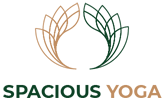

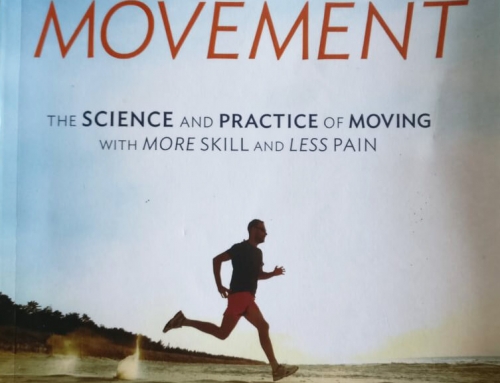

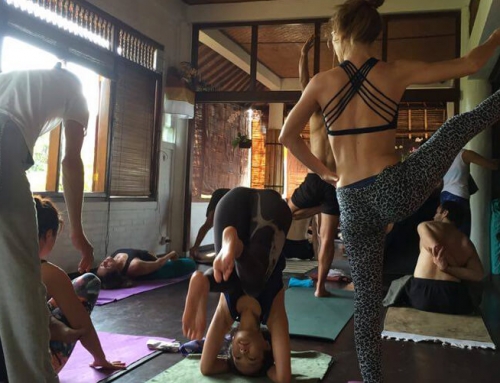
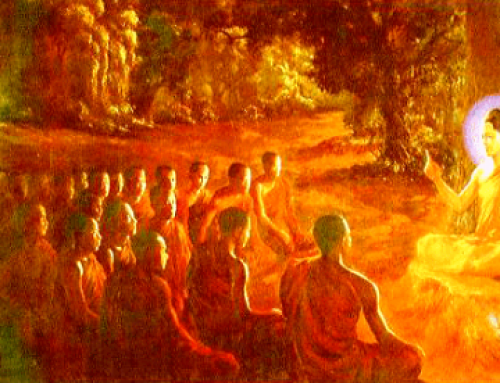

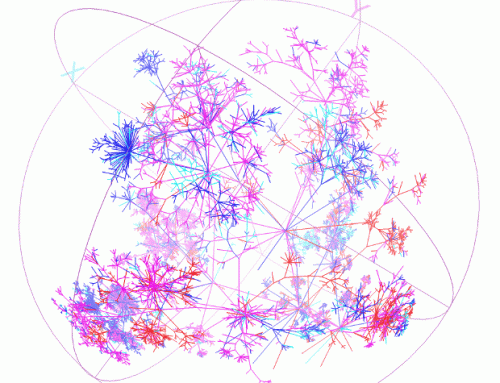
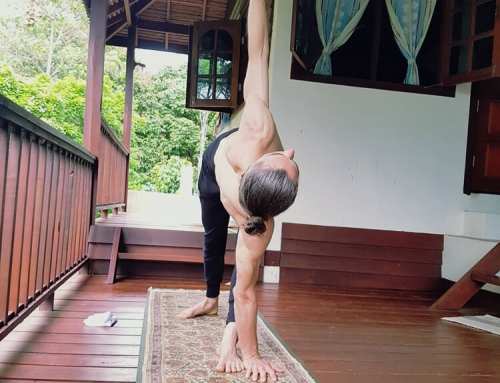
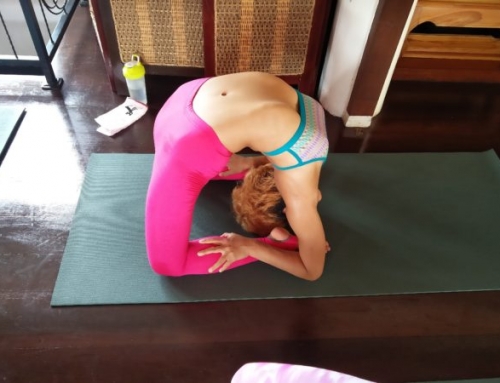
Leave A Comment